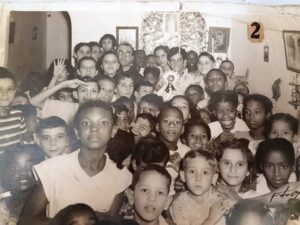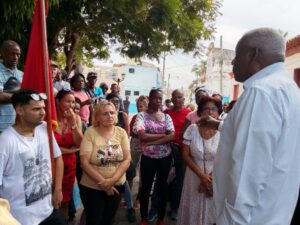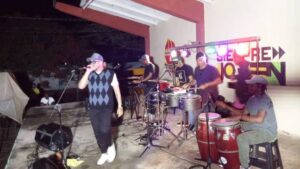The footprints of a Commander (+photos).
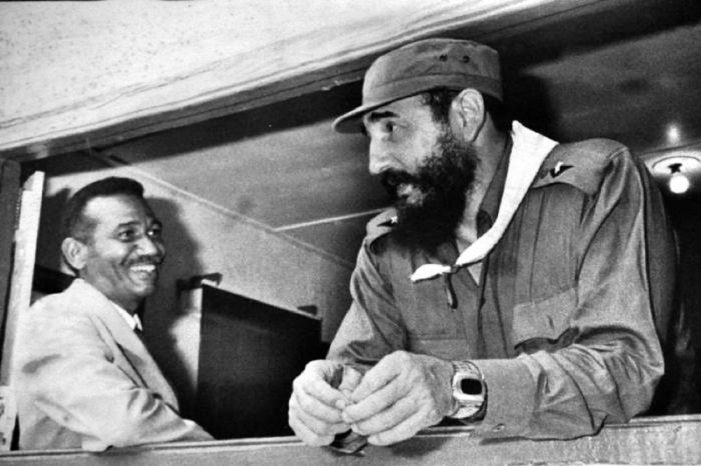
Almeida, siempre al lado del Comandante en Jefe Fidel.
The Commander of the Revolution Juan Almeida Bosque walked many times the streets of Matanzas, he took part in the theater of operations to assure the defense of its industries and of the province in general. And he felt the affection and the affection of the people of Matanzas. In the 98th anniversary of his birth, some passages of his passage through Matanzas.

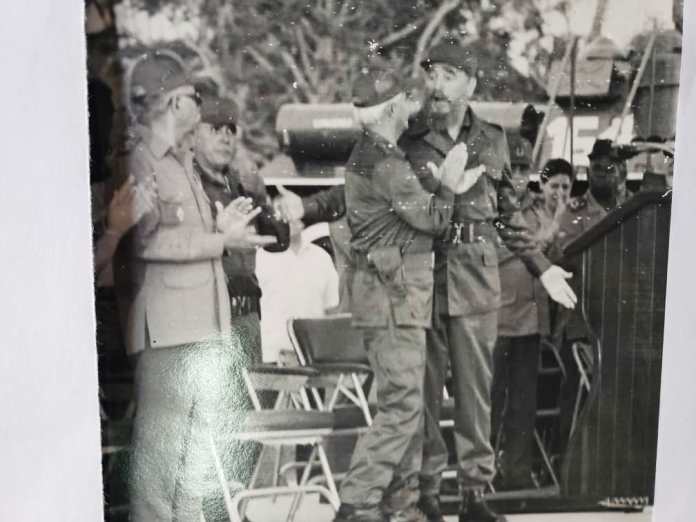
Ceremony for the 35th anniversary of the victory of the Bay of Pigs and the Central Army. In the center, Army Corps General Joaquín Quintas Solá, then head of that command.
December 1960 and January 1961. The Commander in Chief Fidel Castro orders a general mobilization in view of the threats and danger of a large-scale action by the enemies in the United States.
Commander Almeida travels through the province of Matanzas and arrives at the Humberto Alvarez School of Revolutionary Instruction, in the chalet area of the Rayonera industry, a former US property.
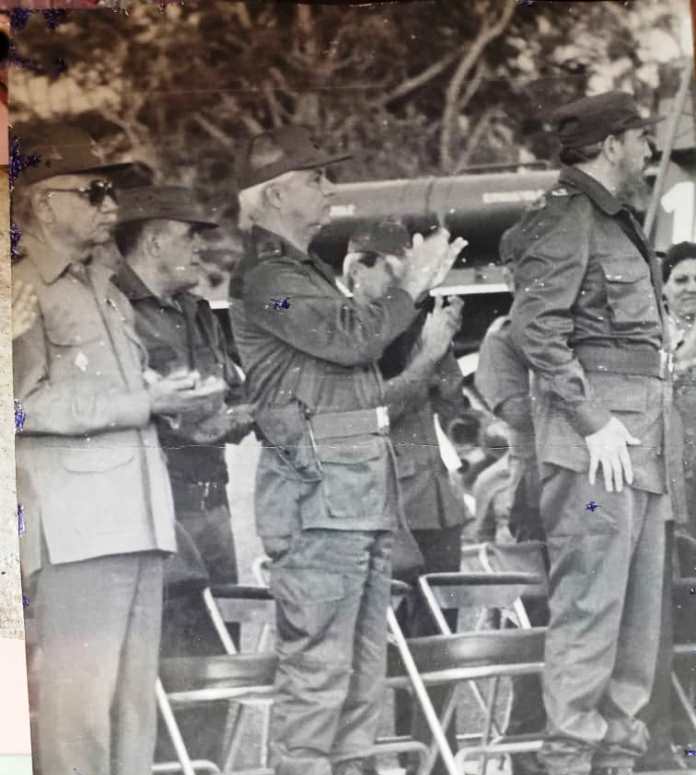
Professor Pedro Jiménez tells how he met with professors and students of this first course. They invited him to see the incipient self-consumption area and an administrative officer, jocularly, took him to see the pigs. The Commander, without flinching, shook his head, looked at the three or four little pigs and, making use of his position as a bricklayer, pointed out to the person that the walls of the corral were not in line: «When the pigs grow, they will knock down the walls and escape.
The important thing was to reflect on the task that Almeida left them in case of an armed aggression: to fulfill the mission where they were designated.
A COMMANDER IS BORN
Son of Rosario (Charo) and Juan Bautista, the child Juan Almeida Bosque gave his first battles to exist on February 17th, 1927, in Havana.
His mother, housewife; his father, journalist; orator of peculiar diction; barber; radio installment sales agent; Martiano; participated in the Revolution of 1933; director of the newspaper La Opinión Libre, of local circulation.
The Union of Journalists of Cuba, in the first awarding of the Felix Elmuza distinction, granted it to Juan Almeida Perez, for his denunciations of the surrender regimes published in the press before 1959, and for his courage and dedication to the revolutionary cause after the assault to the Moncada barracks. Osmany Cienfuegos placed the medal on the chest of the Comandante’s father.
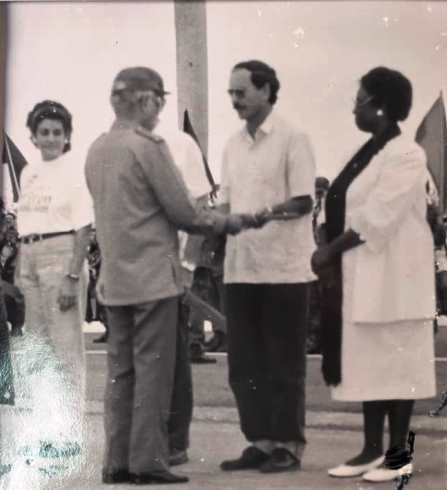
It is the first time that the awarding of the Replic of Generalissimo Maximo Gomez Baez leaves the old fortress of La Cabaña and it takes place in the former School of Militia Officers of Matanzas, whose students in April 1961 fought in the sands of Playa Giron. The photo shows Cecilia Sodis, deceased, at the moment when the Sauto Theater, which she directed, was going to receive the high recognition.
The young man takes the teachings of his parents, internalizes them in his conduct and performance. He attends public school until the eighth grade. The economic shortage of the home leads him to work to support the family’s sustenance: shoe cleaner, cleaner, bricklayer, tractor driver in Ciego de Avila….
He achieved his cultural and professional improvement in the Revolutionary Armed Forces (FAR), after the triumph of the Revolution. Graduated in the higher academic course of the FAR.
The poet thing comes from his grandfather Salvador Almeida and his father. Music is reflected in him since early, listening to his mother singing.
On one occasion he said: «I think I am more of a musician than a poet. My songs are born from memories, motivations, from something that has an impact. I need to tell, to recreate facts. I strive to achieve harmony».
Almeida wrote eleven books, narrations and descriptions of events in which he participated, using his own experience.
He fraternized with writers and musicians such as Dora Alonso and Rafael Somavilla Morejón. The latter orchestrated many of his songs that were a success.
He always found the time to compose without neglecting to attend to and fulfill his obligations. He left 600 compositions dedicated to women, the homeland, the Cuban Revolution and the independence heroes.
THE COMMANDER TAKES SHAPE
At the end of 1962, together with Celia Sanchez, Almeida descends from a military plane with several people. They land at the disused airport of Playa Giron, temporarily occupied by the 4th Company of the 225th Bon. Company of Jovellanos, in the Fight Against Bandits. Celia, protagonist in the construction and modeling of the Ciénaga de Zapata National Park.
The retinue mounts the waiting vehicles and departs. The crew remains in the plane and the militiamen leave written notes addressed to Commander Almeida. After four hours they return to take the flight. Celia is the first to board. Through the windows, 20 meters away, they greet the troops.
Those who handed in notes received an answer right there, signed by Lucy Villegas, Almeida’s secretary.
In Los Arabos, the area was «hot». Nearby, the son of a notorious leader of the bands of rebels had fallen in combat.
«They moved us literacy teachers to safer places,» says one of those girls who taught literacy in the area and who retired as secretary of the Union of Civilian Workers of the FAR in the Central Army: Caridad Ramos Ojeda.
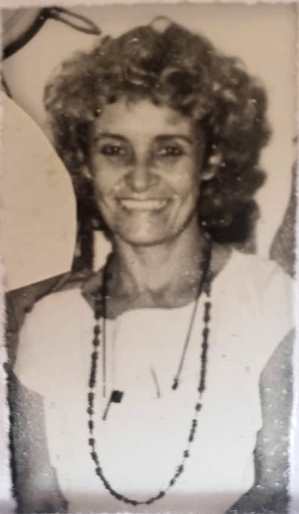
«We went to have lunch and we saw a helicopter land and Commander Almeida got out of it. He immediately jumped over the fence of the paddock where they had landed and went to talk to us. He asked us how the campaign was going. He got into a military jeep and waved goodbye, a goodbye that stayed in everyone’s mind».
As national president of the Association of Combatants of the Cuban Revolution, he attended the province’s constituent conference in 1993 and the third in 2004.
The captain of the Ministry of the Interior, Xiomara Núñez Morodo, in charge of the documentation commission, said that the Commander’s interventions were essential. He dealt with the objectives of our meetings, the statutes, the fraternal meetings among associates, the use of the House and recreation.
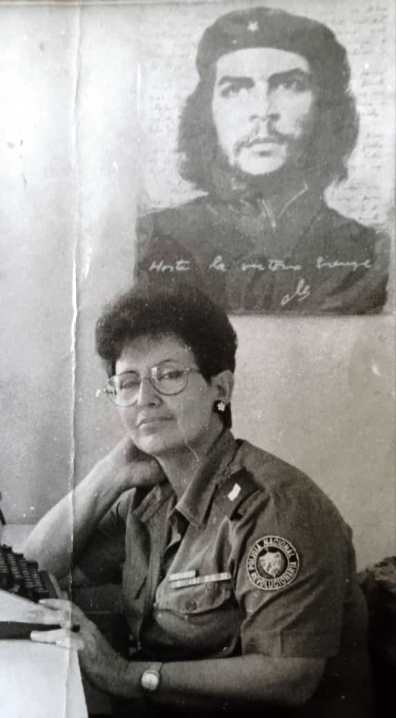
In the third one, he answered doubts of some delegates; concerns of others; the positive aspects of the process in the municipalities and the province; he showed his anti-racist attitude, he left nothing out. With his reflective style he called to be an example of the locality where each member resides.
There are many members of the ACRC in this province who come from Santa Clara, Cienfuegos, Sancti Spíritus and even Camagüey. They were members of the Central Army, a good part of them are founders of this command. They are fathers, grandfathers and even great-grandfathers, officers of all categories, militiamen, combatants of the Fight Against Bandits of the Escambray and Matanzas.
He made the greatest state and personal efforts for the mutilated of war, for the fallen and for their relatives.
IN THE OPEN TRIBUNE OF MATANZAS
The Commander of the Revolution Juan Almeida attends together with Army General Raul Castro to the Open Tribune of the municipality of Matanzas to demand the return of the child Elian Gonzalez, kidnapped in the United States.
It was not possible to walk in the wide square of the Viaducto. The people filled every space to honor Elian’s claim.
HIS CHILDREN IN THE FOOTSTEPS OF HIS FATHER
Belinda and Juan Antonio, two of the nine children of the Comandante, arrived at the House of the Combatants of the Yumurino municipality. As in other provinces, the Party supported the siblings in their stay. There they were attended by Colonel (r) Nelson González, who was the president of the municipal Association at that time.
Gonzalez told them that when Almeida visited the place he was received by Colonel (r) Ramon Castillo, who was his first communicator in the Central Army, they embraced with much fraternity, it was an unexpected encounter.
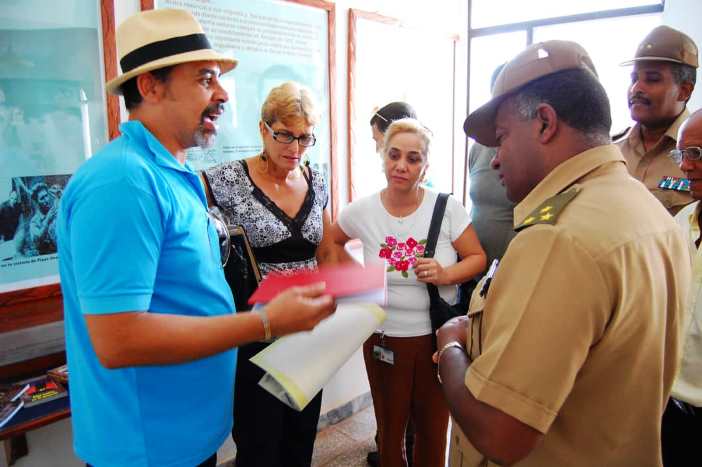
Juan Antonio Almeida delivers to the Central Army Museum a CD with songs of the Commander.
There they collected testimonies of inactive military and militia members, of their contacts and experiences with the Commander. In the Army Museum they saw samples of historical value, photos and documents related to or belonging to his father.
As national president of the ACRC, the Commander of the Revolution was interested in the activities and the deterioration of the building before it was restored. He observed the change of the walls, the roof, the paint, the furniture.
Nelson recalled that Castillo said that before each object of work, his head moved as if giving a «yes» of approval. During the tour he was accompanied by his youngest son Juan Guillermo.
Belinda and Juan Antonio also visited the headquarters of the Cuban Association of Artisan Artists (ACAA), where the Commander had also gone to thank the artisans for the repair, ornamentation and painting of murals at the Casa de los Combatientes Matanzas.

Doctor Belinda Almeida.
Luisa Paula and Erminda, who attended him, say that in spite of having in front of them a man of legend, who had been in the Moncada, who had sailed in the Granma, who had fought in the Sierra, when they exchanged the first words they knew they were in front of a simple man, who spoke slowly, with excellent pronunciation, a man of the people.
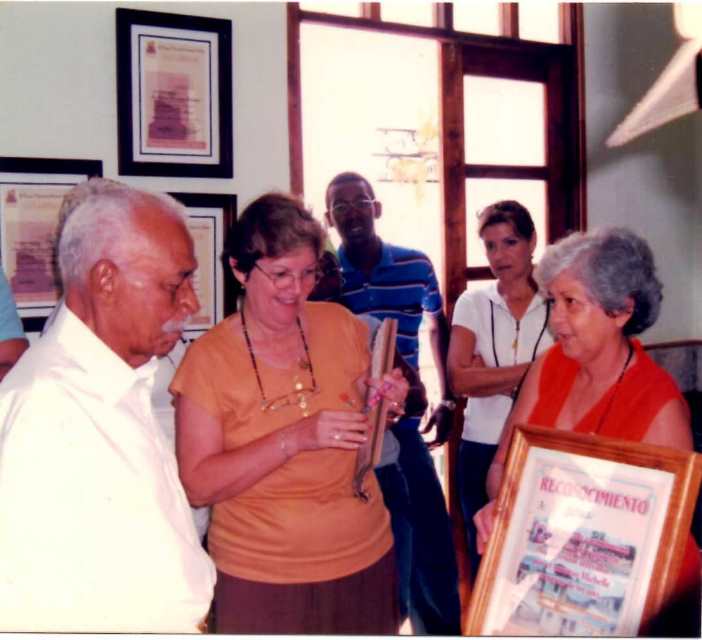
Almeida at the ACAA.
«He toured the areas of the Association, looked at the gallery displays. Like the fine artist in him, he noticed all its beauty. He thanked the artisans for what they did in the Casa de los Combatientes of the municipality of Matanzas and when he said goodbye, he gave them a record of his songs, interpreted by Cuban musicians».
ON THE 60TH ANNIVERSARY OF THE CENTRAL ARMY
On the 60th anniversary of the Central Army, command of which Almeida was founder on April 4th, 1961 by orders of Fidel, the Headquarters and its Political Section invited Juan Guillermo to the cultural gala in homage to his father.
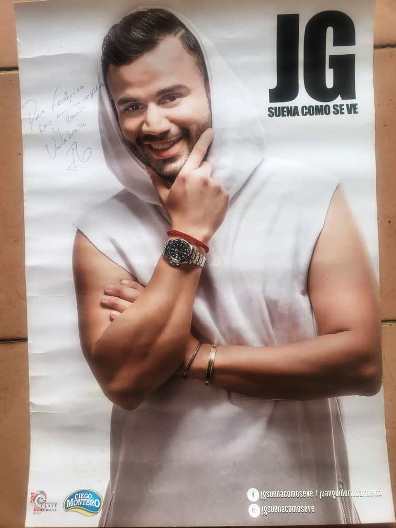
Lawyer Juan Guillermo, musician and singer.
The young artist and his musical group made officers, classes, soldiers, civilian workers and Camilitos jump out of their seats in the Army theater, singing in chorus and dancing. It was a spectacular morning.
UP TO LA ESPERANZA HILL
On this date of his 98th birthday, may this message of love and respect reach La Esperanza hill, in the III Front of Santiago, where the mausoleum that keeps his remains, those of the comrades under his command and those of his parents is located.
Let us also express our gratitude for his virtues in the service of the people, for assuming with responsibility every task, for his intolerance with the betrayal of the Revolution.
And we continue, «No one surrenders here, Commander.»
Written in collaboration with Maritza Tejera.


